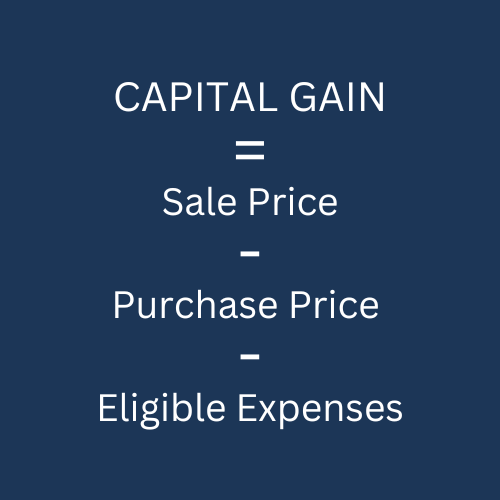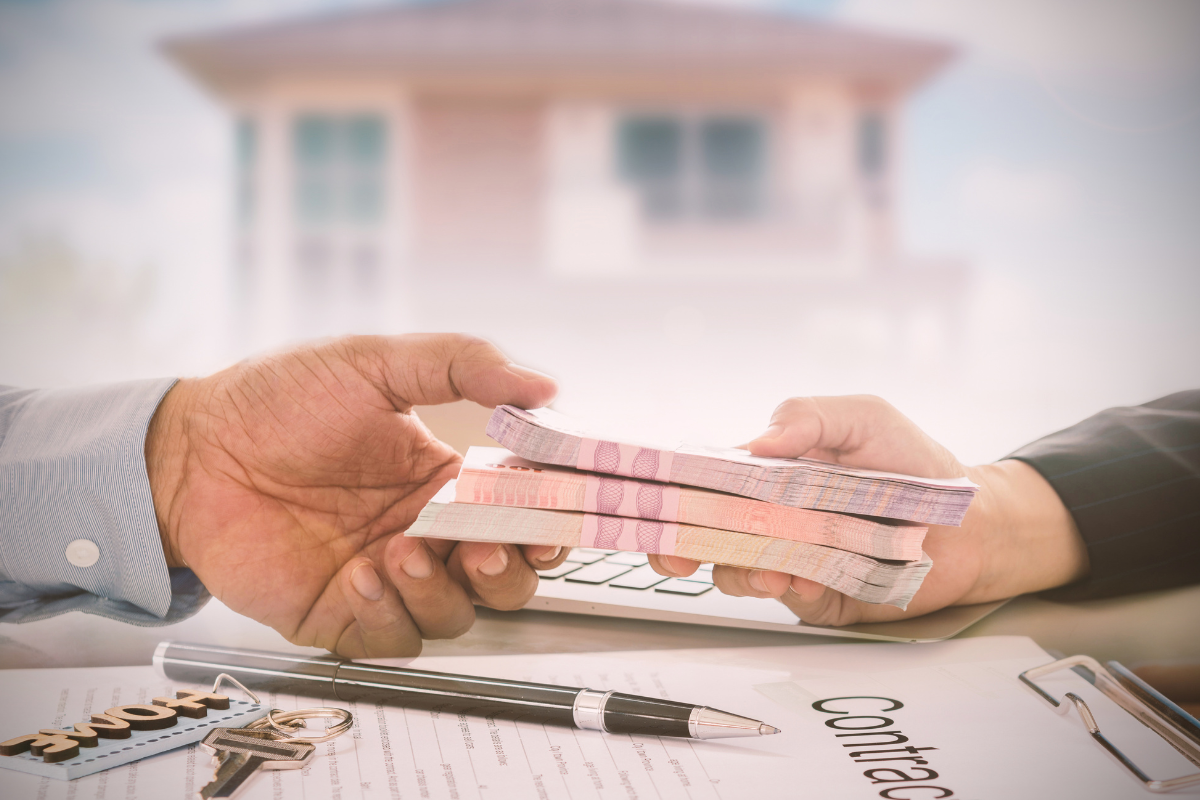Capital Gains Tax Guide
When selling an investment property, understanding Capital Gains Tax (CGT) is crucial for maximising your returns and planning your finances. As mortgage brokers supporting investors in Bondi Junction and Launceston, we’ve created this guide to explain how CGT works and how you can minimise its impact on your investment strategy.

What is Capital Gains Tax?
Capital Gains Tax (CGT) is a tax on the profit made when you sell an investment property for more than its purchase price.
-
- Profit Calculation:
Capital Gain = Sale Price – Purchase Price – Eligible Expenses - Tax Rate: CGT is applied at your marginal income tax rate, but you may qualify for discounts.
- Profit Calculation:

How is CGT Calculated?
The taxable gain is the difference between the property’s sale price and its cost base.
Cost Base Includes:
- Original purchase price.
- Legal fees and stamp duty.
- Renovation and improvement costs.
CGT Example:
- Purchase Price: $500,000
- Sale Price: $700,000
- Eligible Expenses: $20,000
Capital Gain = $700,000 – $500,000 – $20,000 = $180,000
This $180,000 is added to your taxable income for the year.


CGT Exemptions and Discounts
Several exemptions and discounts can reduce your CGT liability:
-
- 50% Discount: If you’ve held the property for more than 12 months, you may qualify for a 50% reduction on the taxable gain.
- Main Residence Exemption: If the property was your primary home for part of the ownership period, you might be eligible for partial CGT exemption.
- Depreciation Adjustments: Keep in mind that claiming depreciation on your property may increase your CGT liability.

CGT Implications for Property Investors
As an investor, CGT is a key factor when planning your buying and selling strategy.
Key Considerations:
-
- Selling in a lower-income year can reduce the tax impact.
- Timing the sale to take advantage of the 12-month discount can save thousands.
- Knowing the full cost base ensures accurate calculations and avoids overpaying tax.


How to Minimise CGT
There are strategies you can use to reduce your CGT liability:
-
- Hold for Over 12 Months: Take advantage of the 50% discount.
- Claim All Eligible Expenses: Ensure you include every allowable cost in your cost base.
- Invest Through an SMSF: Self-managed super funds are taxed at a lower CGT rate (15%).
- Consider the Timing: Sell during a year when your taxable income is lower.
FAQs About Capital Gains Tax
Do I pay CGT on my main residence?
No, your main residence is typically exempt from CGT. However, if it was rented out for part of the ownership period, you may owe partial CGT.
How does depreciation affect CGT?
Claiming depreciation on the property reduces your taxable income but increases your capital gain when you sell.
What is the 12-month CGT discount?
If you hold the property for more than 12 months, you may qualify for a 50% reduction on the taxable gain.
Can I avoid CGT by reinvesting in another property?
No, Australia does not offer tax deferrals for reinvestment like some countries do. However, strategic timing can minimise your liability.
How do I report CGT?
CGT is reported in your annual tax return. Consult with a tax advisor to ensure accurate reporting and explore deductions.
Let Us Help You Plan for CGT
Understanding and managing Capital Gains Tax is essential for making informed decisions about your investment property. Our team of mortgage brokers can help you structure your loans and guide you in planning for CGT effectively.
